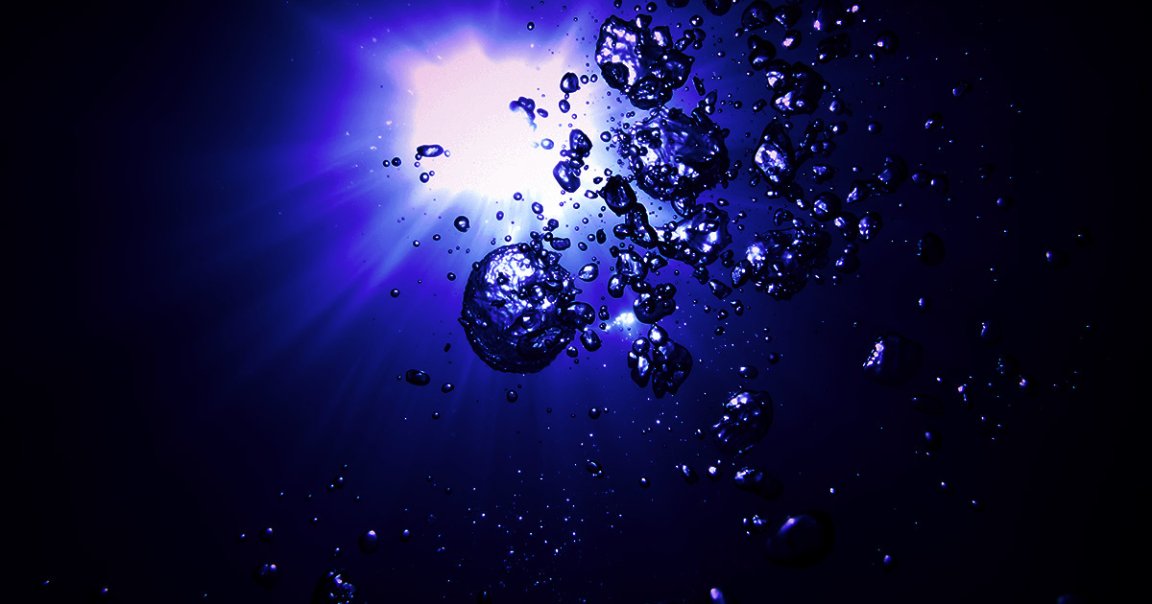
Deep Secrets
Sunlight-photosynthesizing organisms like plants and algae have long been believed to be the Earth’s original producers of oxygen.
But now, researchers have found evidence of a natural O2 factory that needs neither the Sun nor the lifeforms that harness its power. The source is a chemical reaction taking place in rocks lying on the lightless seafloor thousands of feet beneath the surface of the Pacific Ocean, releasing what the researchers have dubbed “dark oxygen.”
These findings, newly published in the journal Nature Geoscience, not only upend assumptions about how oxygen first suffused the Earth’s atmosphere, but could have drastic implications for the origins of life on our planet.
“For aerobic life to begin on the planet, there had to be oxygen and our understanding has been that Earth’s oxygen supply began with photosynthetic organisms,” said study lead author Andrew Sweetman at the Scottish Association for Marine Science in a statement about the work. “But we now know that there is oxygen produced in the deep sea, where there is no light. I think we therefore need to revisit questions like: where could aerobic life have begun?”
Rock Bottom
The discovery was made 13,000 feet beneath the surface in the Clarion-Clipperton Zone, a region in the northeastern Pacific Ocean. This so-called abyssal plain is host to billions of tons of polymetallic nodules — essentially, rock chunks made of a mixture of metals like cobalt, nickel, copper, lithium, and manganese, all of which are used to make batteries.
After noticing that oxygen levels were climbing in this deep region, Sweetman suspected that the nodules, which resemble lumps of coal, could be the cause. He and a team of researchers gathered samples from the seafloor, and in experiments discovered that the energy-packed rocks could produce a tiny electric charge of 0.95 volts.
And if clustered together, the rocks could output the mere 1.5 volts needed to split seawater via a process called electrolysis, which would liberate oxygen molecules from the liquid.
“It appears that we discovered a natural ‘geobattery,'” said study co-author Franz Geiger, a professor of chemistry at Northwestern University, in the statement. “These geobatteries are the basis for a possible explanation of the ocean’s dark oxygen production.”
Mine Your Business
The Clarion-Clipperton zone has been tapped for deep-sea mining by over a dozen firms, including The Mining Company, which partially funded the study.
Some of the justification for the controversial practice lies in the perception that these abyssal plains are largely barren. But scientists say that we’re underestimating the biodiversity of these regions, and warn that the mining process could have unforetold environmental consequences.
Now, with the revelation that polymetallic nodules could be causing seawater electrolysis, tampering with the region could also mean destroying what could be an essential source of oxygen for our planet — though of course, future studies will need to determine how significant a source it actually is.
“This puts a major asterisk onto strategies for sea-floor mining as ocean-floor faunal diversity in nodule-rich areas is higher than in the most diverse tropical rainforests,” Geiger said.
More on the ocean: Startups Working on Using the Ocean as Huge Waste Dump for CO2 to Save Earth From Climate Change